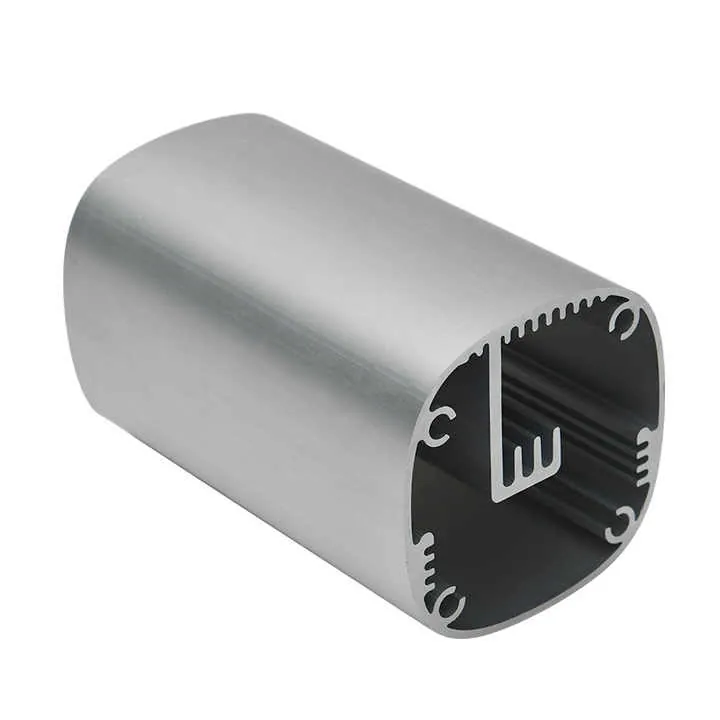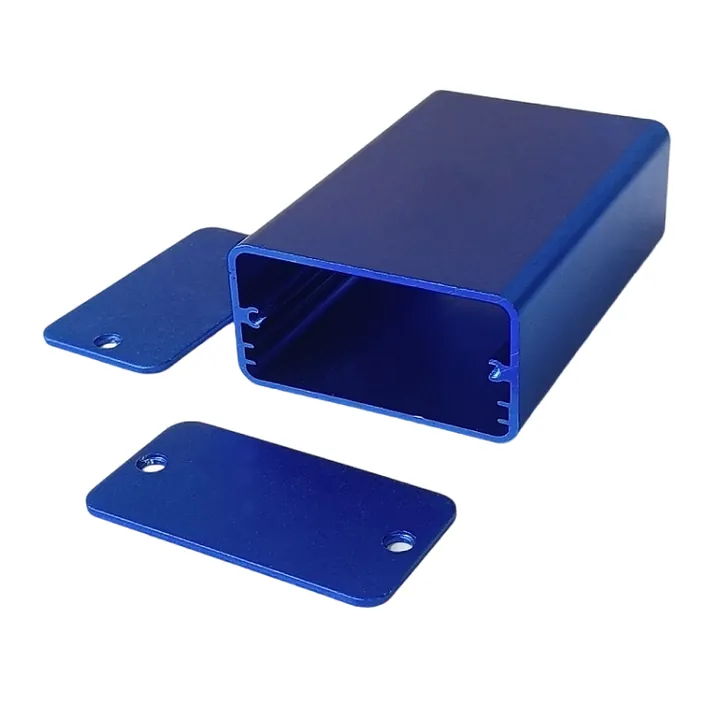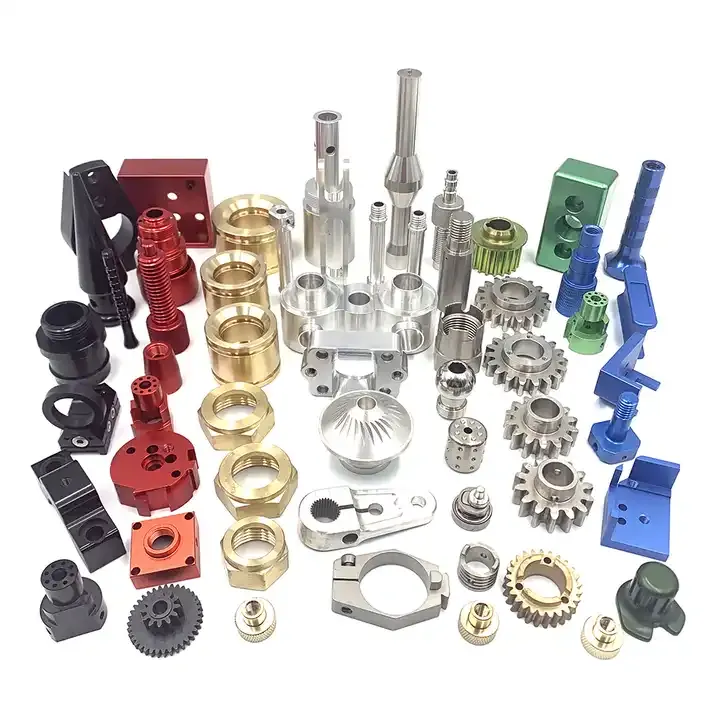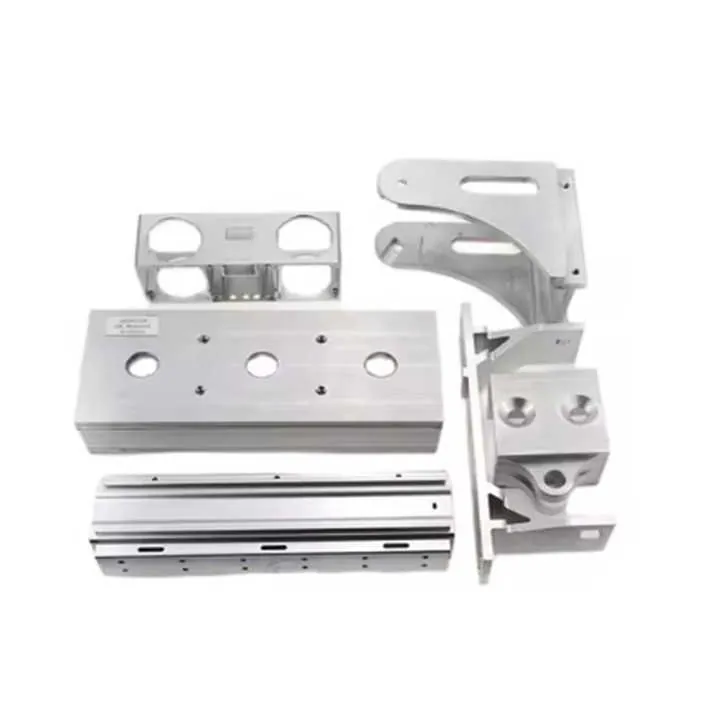How does the toughness of 7075 aluminum compare to steel?

Torn between aluminum and steel for a high-performance part? Don’t ignore toughness—it could make or break your design.
7075 aluminum has lower fracture toughness than steel. Steel is 2–6 times tougher, making it better for impact, fatigue, or cold environments.
While 7075 aluminum is famous for strength-to-weight ratio, it doesn’t match steel in energy absorption before breaking. Let’s break down what toughness really means and when each material is best.
What is the toughness definition?
Confused by strength, hardness, and toughness? You’re not alone. They’re not the same.
Toughness means how much energy a material can absorb before breaking. It depends on both strength and ductility.

What toughness really measures
Toughness is the ability of a material to withstand shock and resist fracture. Technically, it’s the area under the stress-strain curve. The more energy it can absorb before breaking, the tougher it is.
The most common metric used in engineering is:
- Fracture toughness (K_IC), measured in MPa·√m
- Used to evaluate resistance to crack growth
Key toughness components
- Strength: How much load it can carry
- Ductility: How much it can stretch or deform before breaking
- Notch Sensitivity: How it reacts to flaws or cracks
Materials with high toughness resist sudden fractures. Those with low toughness may crack under stress or impact.
Toughness is the same as strength.False
Strength refers to load-bearing capacity, while toughness measures energy absorption before fracture.
Fracture toughness is a key measure of a material's toughness.True
Fracture toughness (K_IC) indicates a material's ability to resist crack propagation.
How do toughness values compare?
Thinking all strong materials are also tough? Not quite.
7075 aluminum has fracture toughness of ~29 MPa·√m, while common steels range from 50 to 175 MPa·√m. Steel is usually 2–6 times tougher.

Table: Fracture Toughness Values
| Material Type | Fracture Toughness (K_IC) |
|---|---|
| 7075-T6/T651 Aluminum | ~29 MPa·√m |
| Structural Steel (A36, mild steel) | ~50 MPa·√m |
| Tool Steel (D2, H13) | 60–100 MPa·√m |
| High Toughness Steel (4340, Maraging) | 100–175 MPa·√m |
7075 aluminum is strong and light. But it’s relatively brittle compared to steel. If your part is likely to see impacts, drops, or heavy vibrations, this matters.
Aluminum cracks earlier under stress concentration or impact. Steel’s ability to absorb shocks without breaking is why it’s still used in bridges, tools, and armor.
7075 aluminum is tougher than common structural steel.False
Structural steel usually has higher fracture toughness than 7075 aluminum.
Steel alloys can reach fracture toughness values of over 150 MPa·√m.True
High-performance steels like maraging or quenched 4340 can exceed 150 MPa·√m.
In which applications does steel outperform?
Wondering when steel is the better choice? It’s all about stress, shock, and fatigue.
Steel outperforms aluminum in impact-heavy, fatigue-prone, and low-temperature applications due to its higher toughness.

Key advantages of steel
- Shock Resistance: Steel absorbs more energy without cracking
- Fatigue Life: Lasts longer under repeated stress cycles
- Cold Weather Use: Aluminum may become brittle; steel stays tough
- Weldability: Steel is easier to weld and retains strength post-weld
Typical uses where steel wins
| Application | Why Steel Excels |
|---|---|
| Heavy Machinery | High impact loads |
| Cranes, Bridges | Fatigue resistance |
| Armor & Military Gear | High energy absorption |
| Springs, Shafts | Torsion and cyclic loading |
| Low-Temp Environments | Steel retains ductility |
Aluminum parts often fail first when exposed to shock, cracks, or defects. Steel resists these better, making it safer for structural use or heavy-duty tools.
Steel performs better than 7075 aluminum in high-impact and fatigue-loaded conditions.True
Steel's higher fracture toughness gives it better crack resistance under repeated stress or impacts.
7075 aluminum is better than steel in all conditions.False
Steel outperforms aluminum in toughness-critical applications.
When is 7075 aluminum preferable?
Think steel is always better? Not really. Aluminum has its place.
7075 aluminum is ideal when you need high strength with low weight, like in aerospace, racing, or lightweight frames.

Why aluminum wins in some cases
- High Specific Strength: Strong relative to its weight
- Weight Reduction: Critical in vehicles, bikes, and planes
- Machinability: Easier to cut, shape, and drill
- Corrosion Resistance: Good with proper coating or anodizing
When to choose 7075
| Use Case | Why 7075 Is Better |
|---|---|
| Aircraft frames | Saves weight, still strong |
| Racing bike parts | High strength-to-weight |
| Precision CNC components | Easier to machine |
| Drones and robotics | Lightweight motion parts |
| Tooling (non-impact) | Hard and stable |
7075 aluminum delivers enough strength for most loads and can be designed to avoid fracture points. It performs especially well where every gram counts.
It’s not for rough handling or welding—but perfect for smartly engineered, lightweight structures.
7075 aluminum is ideal for aerospace due to its high strength-to-weight ratio.True
7075 offers excellent mechanical strength while being much lighter than steel, ideal for airframes.
7075 aluminum can outperform steel in underwater deep pressure vessels.False
Steel handles pressure and toughness better in such demanding conditions.
Conclusion
7075 aluminum is strong and light, but steel is much tougher. If impact and fatigue are key, steel wins. If weight and machinability matter most, 7075 shines. Pick based on your real-world needs.



